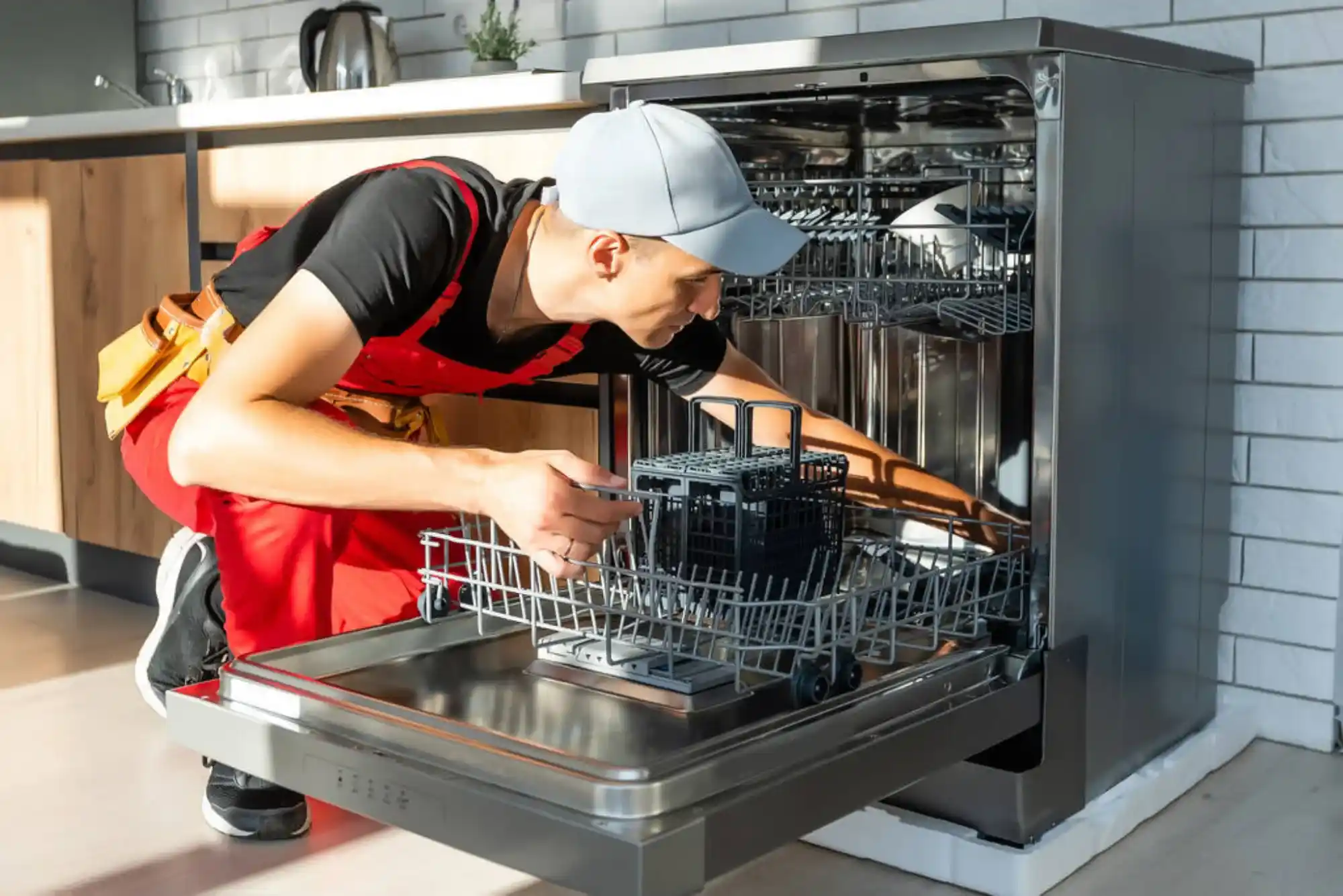Water tanks play an essential role in providing clean and safe water for homes, businesses, and industries. Over time, contaminants such as sediment, algae, and bacteria accumulate inside tanks, compromising water quality and safety. Professional water tank cleaning is a meticulous process designed to maintain optimal water hygiene while ensuring the structural integrity of the tank. Below, find a step-by-step overview of the process and its benefits.
Step-by-Step Process for Professional Water Tank Cleaning
1. Initial Inspection
Every cleaning begins with a thorough inspection of the water tank. Professionals assess its condition, focusing on sediment buildup, visible algae, or cracks. This step also identifies any repairs required for leaks or structural damage, ensuring the tank is safe for future use. This inspection is essential for understanding the scope of contamination and determining the cleaning methods to be applied.
2. Mechanized De-Watering
The cleaning process starts by draining all water from the tank using specialized submersible pumps. This step removes not only water but also the loose debris present at the bottom. De-watering prepares the tank for a more detailed cleaning process by creating a clear working area.
3. Sediment and Sludge Removal
Once the tank is empty, professionals use specialized equipment, such as industrial vacuums or manual scrapers, to remove settled sediment and sludge. This is crucial as these materials can breed harmful bacteria and lead to contamination over time. Advanced vacuum technology ensures even hard-to-reach corners are cleaned effectively, reducing the risk of future blockages in pipes or appliances.
4. High-Pressure Cleaning
For complete surface cleaning, the tank walls and ceiling undergo high-pressure jet cleaning. This technique effectively removes hard stains, algae, and microbial growth without damaging the tank’s material. By using clean water combined with eco-friendly detergents, professionals ensure surfaces are left spotless and safe for reuse.
5. Disinfection
Disinfection is a critical step to eliminate any remaining bacteria, viruses, or algae inside the water tank. Professionals typically use anti-bacterial sprays or chlorine solutions to sterilize the surface completely. Some providers also use ultraviolet (UV) radiation to achieve a higher level of disinfection, killing any suspended pathogens. This step ensures the water tank is not only physically clean but also microbiologically safe.
6. Rinsing and Flushing
After disinfection, the tank is rinsed thoroughly with clean water to remove any residual cleaning agents. This step is essential to prevent chemical contamination of the water supply. Pipes connected to the tank are also flushed to ensure the entire system is clean and free from bacteria or sediments.
7. Final Inspection and Refilling
Before refilling the tank, a final inspection is conducted to confirm that all contaminants are removed and the tank is structurally sound. Once professionals are satisfied, the tank is refilled with clean water and monitored for any irregularities in water quality, ensuring it’s ready for use.
The Importance of Professional Water Tank Cleaning
1. Protecting Health and Safety
Contaminants in water tanks, such as algae, sediment, and bacteria, can lead to serious health issues, including gastrointestinal infections and Legionnaires’ disease. Regular cleaning prevents these contaminants from spreading and protects water quality, making it safe for drinking, cooking, and other uses.
2. Ensuring Water Quality
Residues from building material, dust, and other pollutants decrease water clarity and affect its taste and odor. Professional cleaning restores water purity, ensuring it meets safety standards for human consumption.
3. Maintaining System Efficiency
Dirty tanks impose a strain on the entire water supply system. Sediments can clog pipes, reduce water pressure, and damage appliances like water heaters or washing machines. Regular cleaning minimizes these risks and ensures appliances like AC Repair Services and Dryer Repair Services remain functional without excessive wear caused by contaminated water.
4. Preserving Structural Integrity
Accumulated dirt and unchecked leaks can weaken a tank’s structure over time. Cleaning enables professionals to spot and address problems early, extending the lifespan of the tank and avoiding expensive replacements.
Common Challenges and Pain Points
- Sediment Buildup: Large amounts of settled debris reduce water storage capacity and encourage bacterial growth.
- Bacterial Contamination: Algae and fungi thrive in water storage systems without regular maintenance.
- Structural Damage: Unnoticed cracks or corrosion weaken the tank’s material, increasing the likelihood of water leakage.
- Time Constraints: Manually cleaning a water tank is time-consuming, requiring specialized tools and training.
Professional cleaners address these challenges with advanced tools like industrial vacuums, high-pressure jets, and eco-friendly cleaning agents.
The Value of Professional Expertise
Cleaning a water tank requires not only experience but also specialized equipment to ensure thorough results. Professional cleaners are trained to handle confined spaces safely, use non-toxic cleaning solutions, and follow local safety standards.
For businesses and homeowners, combining water tank cleaning with appliance maintenance, such as AC Repair Services and Dryer Repair Services, ensures a comprehensive approach to water management. Clean water tanks contribute to better performance of these appliances, lowering energy consumption and minimizing costly repairs.
Eco-Friendly Practices in Modern Water Tank Cleaning
With an increasing focus on sustainability, professional tank cleaning services now incorporate eco-friendly measures, including:
- Use of biodegradable cleaning agents that are safe for the environment and water supply.
- Systems that minimize water wastage during cleaning and rinsing processes.
- Energy-efficient equipment that completes tasks faster without excessive power consumption.
Final Thoughts
Regular water tank cleaning is vital for maintaining high water quality and ensuring the safety of the people who use it. By employing advanced techniques such as high-pressure cleaning, anti-bacterial treatments, and UV sterilization, professional cleaners provide a comprehensive solution for keeping your water supply fresh, safe, and reliable.
Investing in water tank cleaning not only protects your health and appliances but also contributes to a more efficient water supply system, offering peace of mind for homeowners and businesses alike. With modern eco-friendly options and expert care, professional services make it easier than ever to maintain a safe and hygienic tank, ensuring the clean water you deserve.




